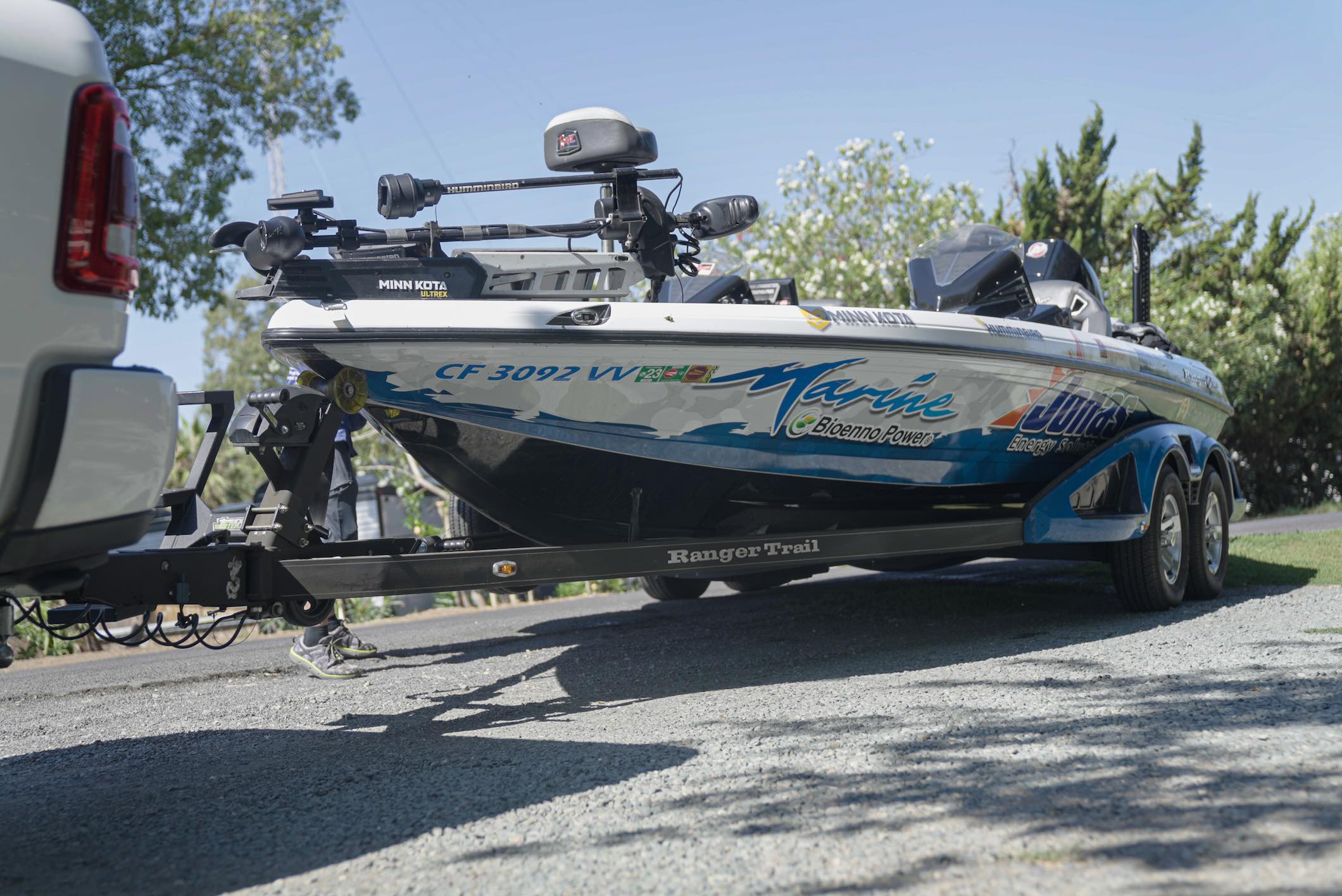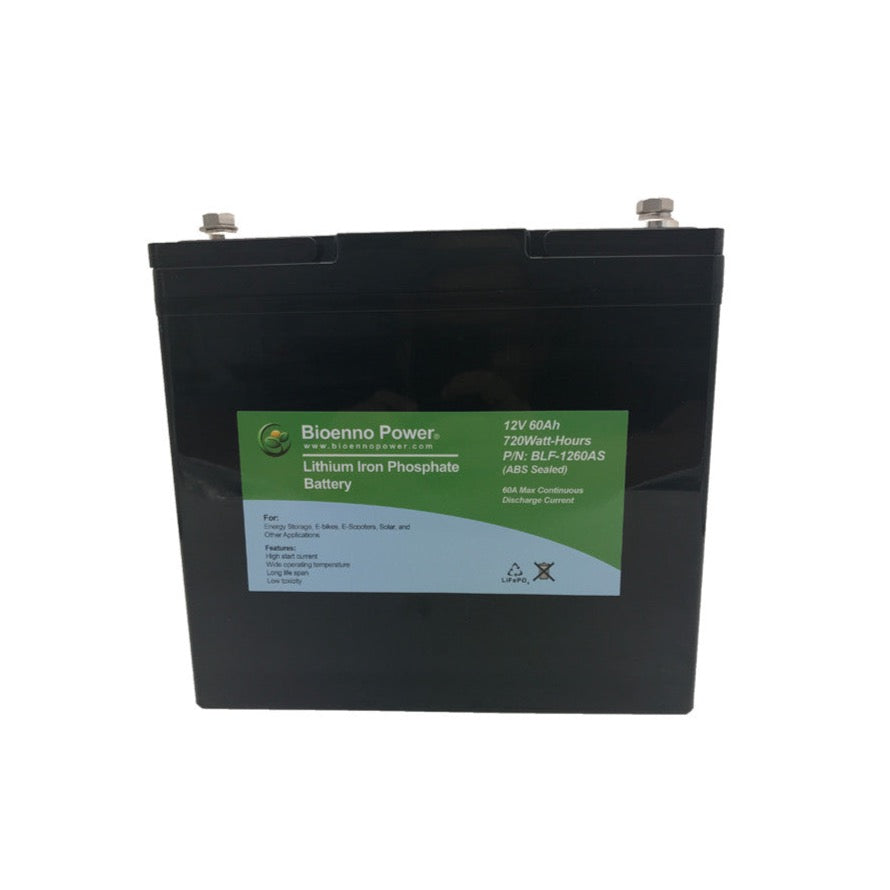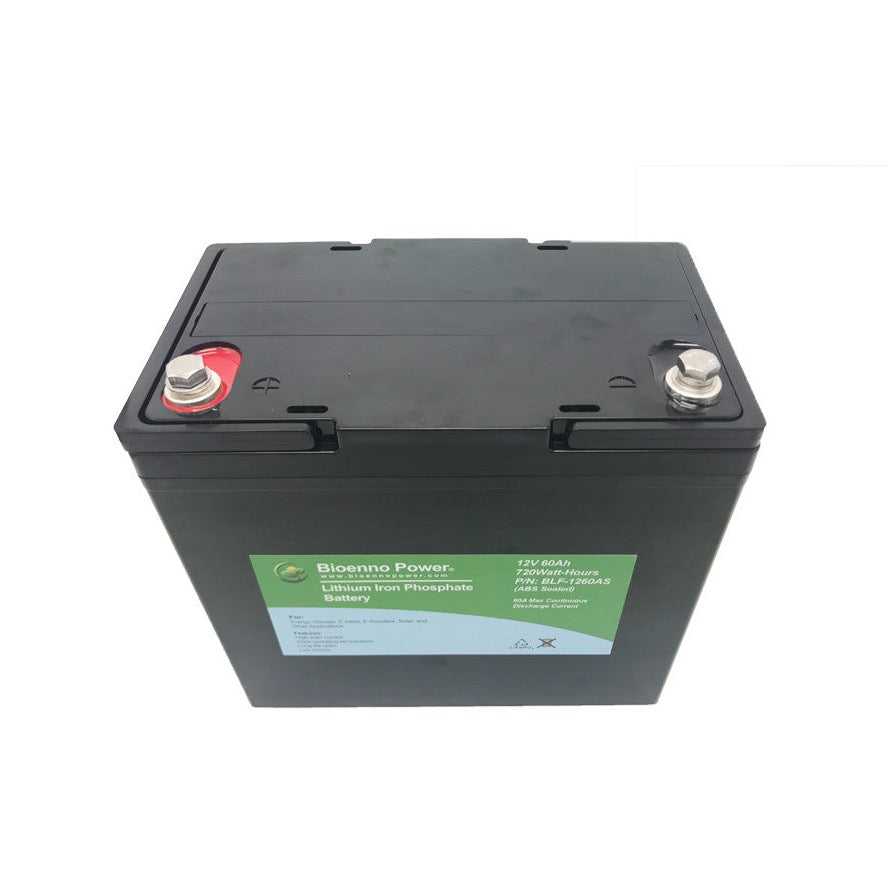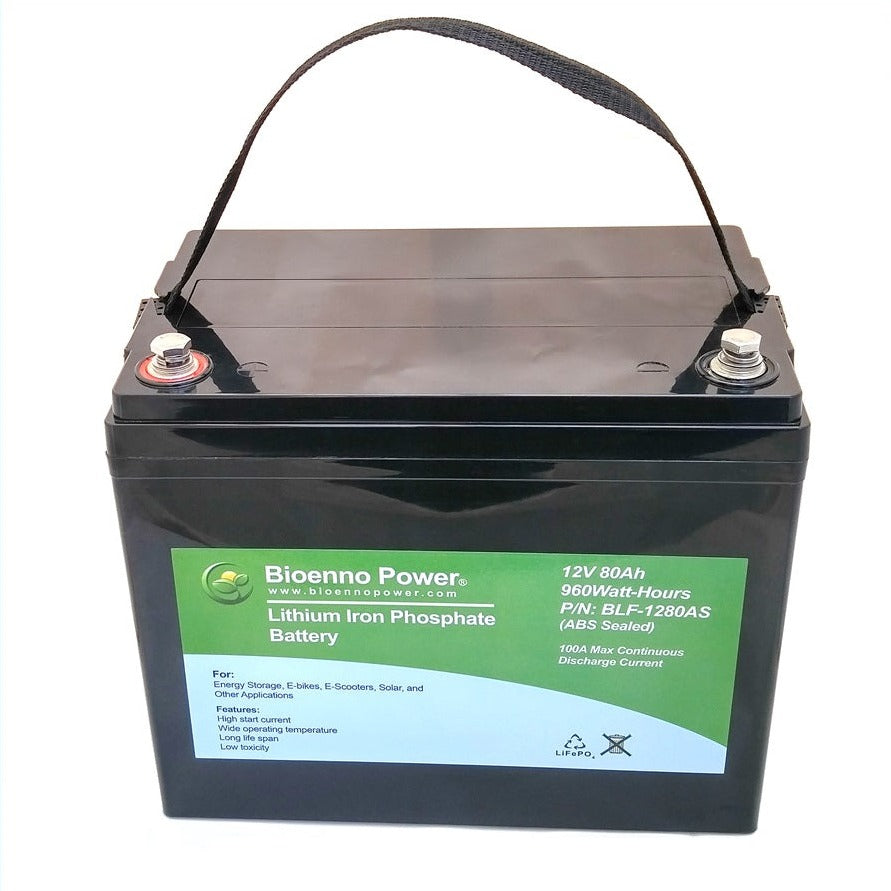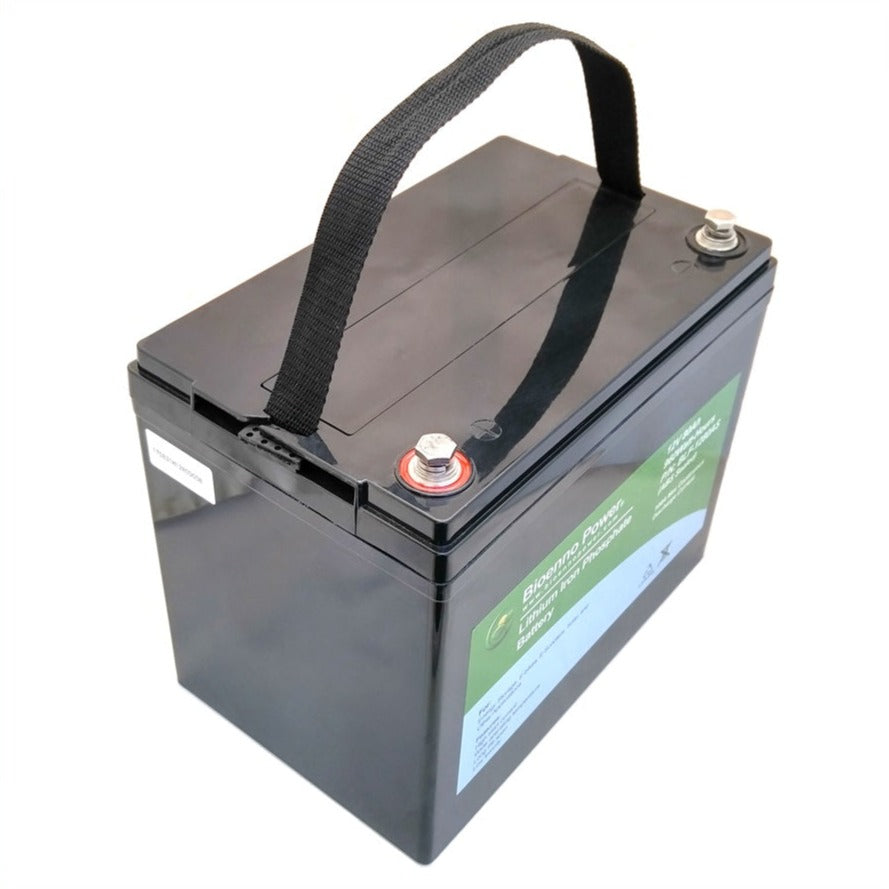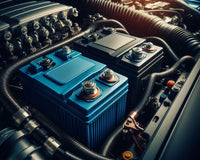When selecting a battery for any application, whether it’s for a solar power setup, an electric vehicle, or a simple home appliance, one of the key factors to consider is the battery's capacity. This capacity is commonly measured in ampere-hours (Ah), a crucial metric that determines how long a battery can run before it needs recharging. Understanding amp hours can significantly enhance how we manage our devices' energy requirements and longevity.
What Are Amp Hours?
Ampere-hours, or amp hours, represent the charge capacity of a battery, indicating how much current a battery can provide over a specified amount of time. For example, a battery rated at 20 Ah can deliver 20 amps for one hour or 10 amps for two hours before it is completely depleted. This unit of measurement is fundamental for users needing to calculate how long their devices will operate on a single charge under various conditions.
Importance of Amp Hours in Battery Selection
Choosing the right battery involves more than just matching the voltage with your device. The amp-hour rating provides a snapshot of the battery's endurance, playing a crucial role in performance. For applications that require sustained power over a longer period, such as in solar power systems or backup power supplies, a higher amp-hour rating is beneficial.
In contrast, for devices that draw power sporadically or at low levels, a lower amp-hour rating might suffice. It's about finding the right balance between performance needs and the practicality of the battery size and cost.
Applications and the Importance of Selecting the Correct Amp Hours
Understanding amp hours is crucial not just for academic purposes but also for practical applications in everyday life and specific technologies. Selecting the correct amp-hour rating can make a significant difference in how effectively and efficiently devices operate in various settings, such as marine activities, mobile electronics, and recreational vehicles (RVs).
Marine Applications: Ensuring Adequate Power for Trolling Motors
In the marine sector, choosing a battery with the right amp-hour rating is critical, especially for trolling motors. Trolling motors require batteries that can sustain long hours of operation at varying speeds without needing frequent recharges. For instance, a battery with a higher amp-hour rating is essential for anglers who spend entire days on the water, as it ensures that the trolling motor can run longer, providing a reliable and consistent power supply. Selecting a battery with insufficient amp hours might mean cutting a trip short or losing power in critical moments, which could affect navigation and safety.
Mobile Electronics: Powering Portable Ham Radio Stations
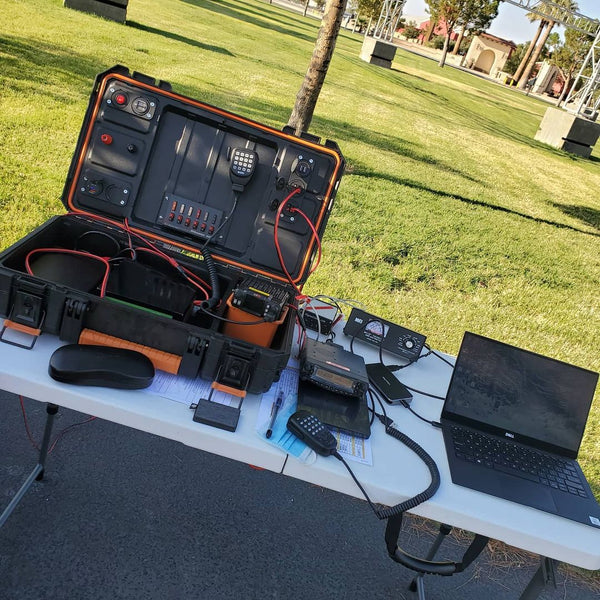
For enthusiasts of mobile electronics, particularly in the field of ham radio, having a portable station that can operate effectively for extended periods is essential. Ham radios, used in a variety of settings from field operations to emergency communications, rely heavily on battery power when stationary power sources are not available. A battery with an adequate amp-hour rating will ensure that the ham radio can stay operational throughout an event or emergency, providing vital communication links without the risk of power interruptions.
Recreational Vehicles (RVs) and Vans: Running Essential Appliances
For RV and van owners, the amp-hour rating of their battery systems is crucial to lifestyle and comfort. These vehicles often require a robust battery system to power various appliances such as refrigerators, lighting, HVAC systems, and entertainment units, especially when parked in remote areas without access to external power sources. A higher amp-hour battery ensures that all these appliances can run efficiently throughout the usage period. This is vital for long trips where reliability and energy independence are paramount. Selecting the right battery with sufficient amp hours allows for a self-sufficient, comfortable, and uninterrupted experience, enhancing the overall quality of life on the road.
Deep Cycle vs. Regular Batteries
The application of amp hours extends beyond just measuring capacity. It also helps in distinguishing between different types of batteries, such as deep cycle versus regular batteries. Deep cycle batteries are designed to be discharged to a significant portion of their capacity repeatedly, whereas regular batteries are suited for short bursts of high output. This distinction is crucial for applications like marine, RV, and off-grid power systems, where batteries are expected to maintain a steady output over extended periods. For more insights on this comparison, you can read further on Bioenno Power’s detailed discussion about deep cycle and regular batteries.
Further Learning On Deep Cycle Batteries
For those interested in a deeper dive into how amp hours impact the efficiency and selection of batteries, several resources are available. Educational websites such as Battery University offer detailed explorations into various battery technologies and their applications. Additionally, technical insights from EnergySage provide practical advice on choosing batteries for solar energy systems, emphasizing the importance of amp-hour ratings in sustainable energy solutions.
Conclusion
Understanding amp hours is more than just knowing a number on a battery; it's about comprehending how that number affects the operational capabilities of your device or system. Whether for personal electronics, transportation, or renewable energy, the proper application of this knowledge can lead to more informed decisions, better battery usage, and ultimately, greater satisfaction with your energy solutions.

